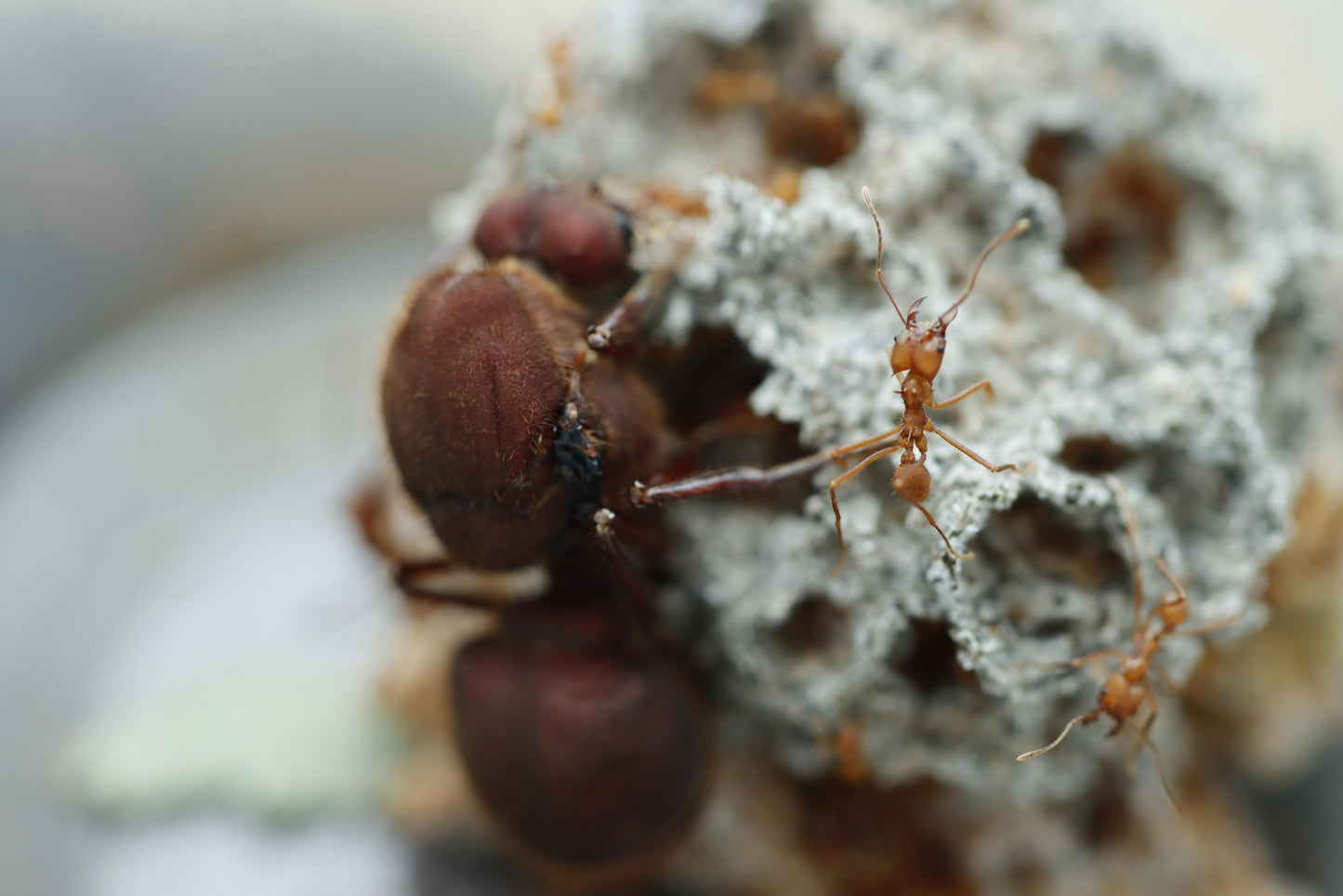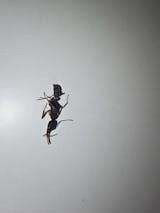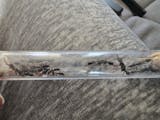Tiere sind top angekommen. Leider ist mir 1 Königin von 3 am nächsten Tag gestorben. Aber lag wohl am Stress vom Transport, die Königin hatte Augenscheinlich auch keine Mängel. Aber 2 Königinnen sind noch da und Arbeiter, also alles Top.
Alle Ameisen kamen wohlbehalten und ohne Verluste bei mir an.
Haben sich gut eingelebt. Sehr schöne Tiere.







